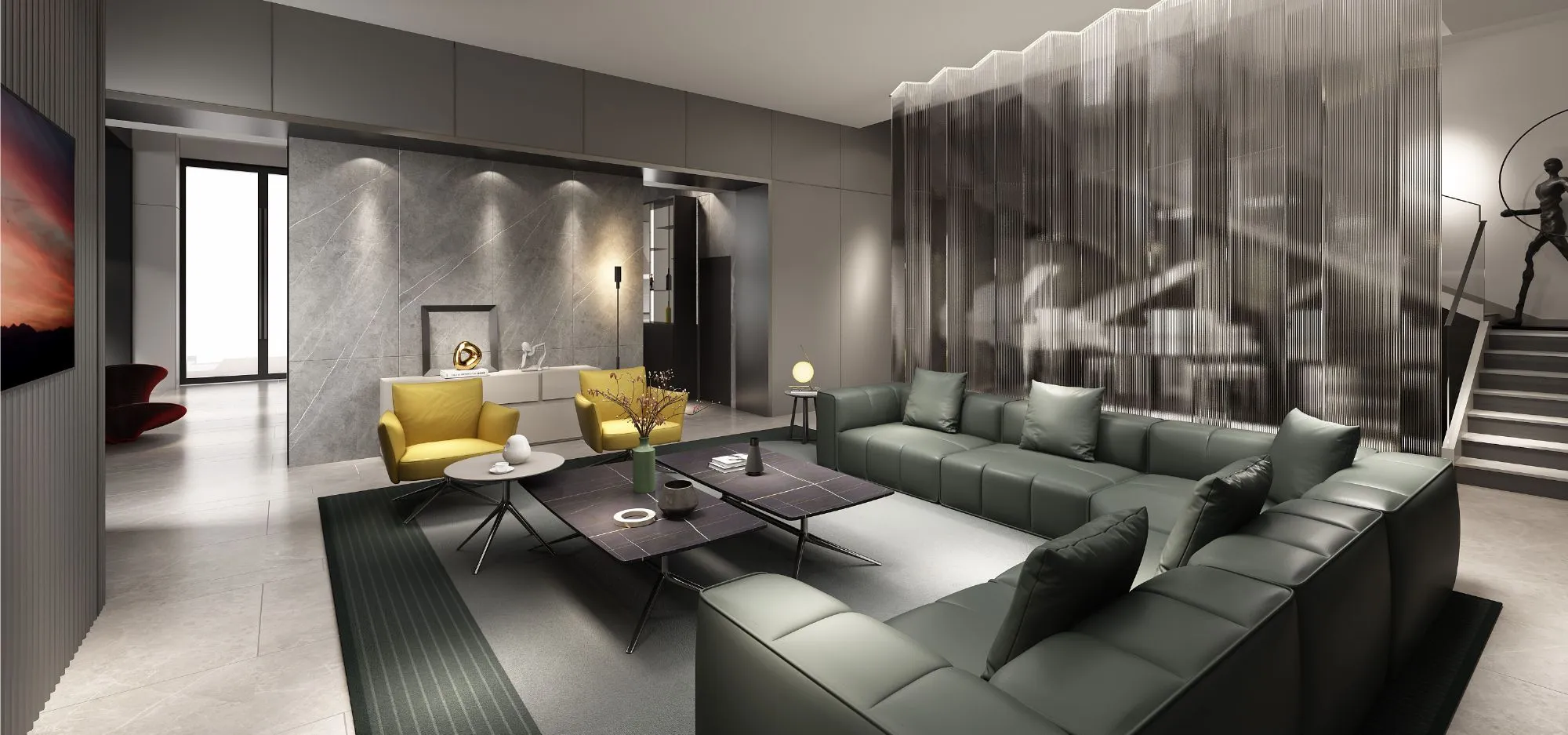
Imagine a space without any design elements–dull, and boring. Will you be able to live there? Your answer is more likely to be a NO, isn’t it? Interior design architecture is something that can transform a dull space into a true heaven. It is a blend of creativity and functionality that turns spaces into visually stunning and highly functional environments. Architects and designers work in this complex profession, driven by a set of principles, to build environments that meet the needs of their clients. Let’s take a look at the fundamental ideas that influence the field of interior design architecture.
Harmony and balance are a must in the field of interior architecture. Equal distribution of visual weight, whether it comes from color, furniture placement, or architectural features, is necessary to create equilibrium in a room. Bringing these components into balance creates peace in the space.
Elements inside a room need to be of the proper size and proportion in order to produce an aesthetically pleasing atmosphere. So to make sure that the scale of the furniture, décor, and architectural elements match each other and the overall design, interior designers carefully consider these factors. They know that elements that are either too big or too small might ruin the overall proportion.
Rhythm and repetition are frequently used in interior design architecture to evoke a sense of movement and continuity. It could be in the form of patterns, furnishing, and anything else. This ties the appearance of the entire space together. Moreover, these principles direct the viewer’s eye across space, producing a unified and captivating experience.
The focal point is a center of interest or creativity. Establishing focal points is a key aspect of interior design architecture. These points of emphasis draw attention and guide the observer’s eye. It can be a striking piece of furniture, a unique architectural feature, or a carefully curated art piece. The focal points ultimately contribute to the overall narrative of the space.
Too much uniformity can be boring so make sure to add contrast in the space. It adds interest and depth to interior design architecture. Using contrasting features, whether in shape, color, or texture, adds visual interest. Variety is purposefully used by designers to break up monotony and provide interest, making sure that every element of the room adds to the overall look.
The usefulness and practicality of space are equally significant to interior design architecture as aesthetic components. The design of a space must fit the needs and lifestyle of the people who will be utilizing it in order to create environments that are not only very livable but also aesthetically beautiful.
The discipline of interior design architecture is complex, blending practical issues with aesthetic vision. Architects and designers may build places that surpass the ordinary and offer both visual joy and functional excellence by comprehending and putting these basic ideas into practice.